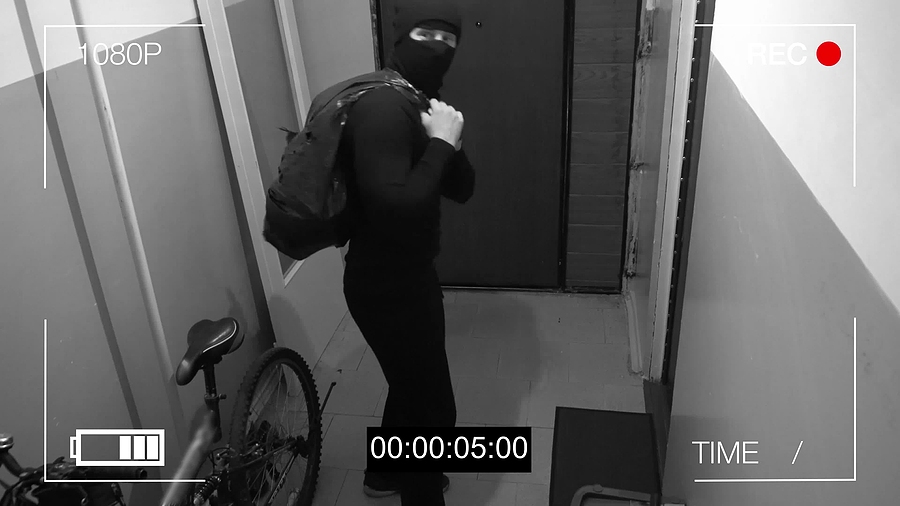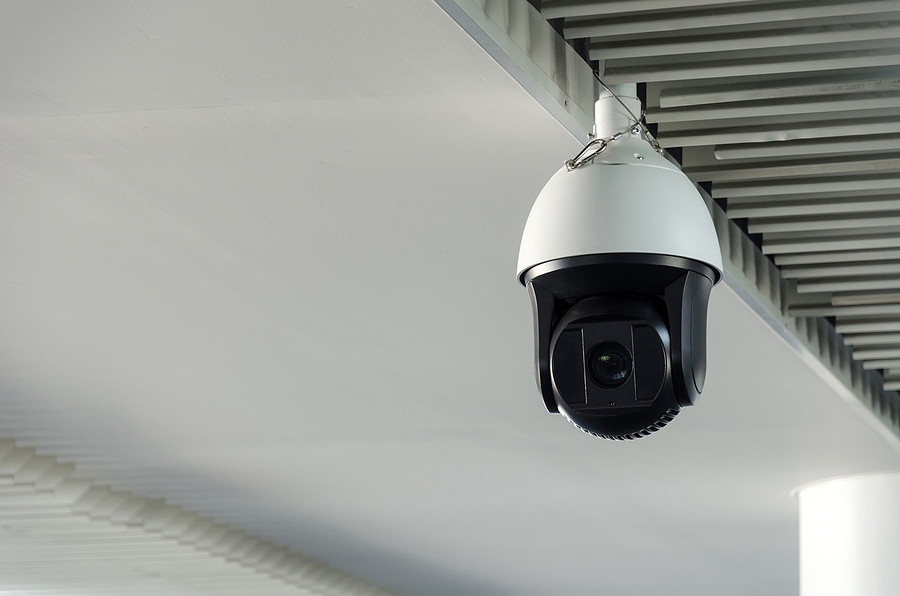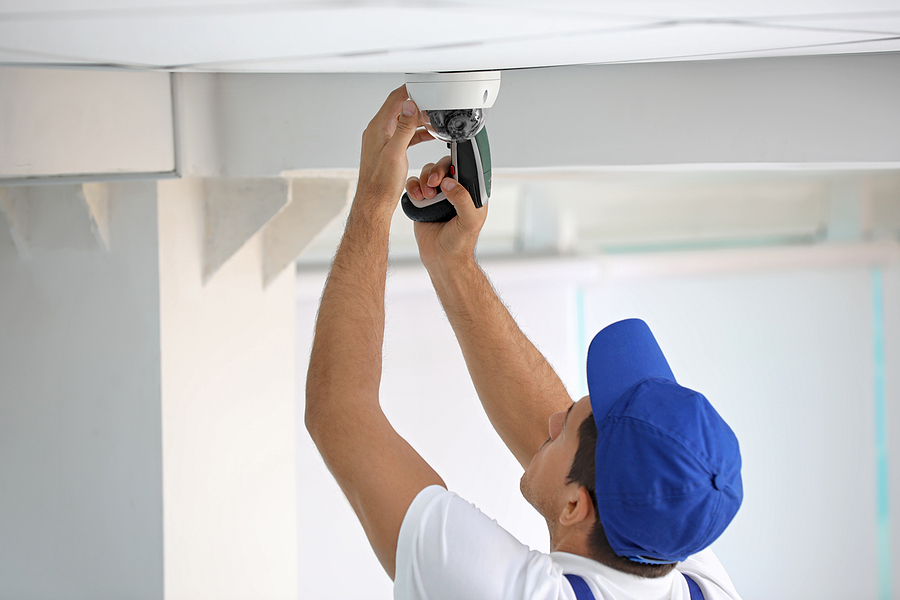What are NVRs and DVRs?

NVRs and DVRs are ideal for managing multiple cameras from one central location. They can improve your surveillance system by:
Storing larger amounts of video files than a camera can store on a local Micro SD card, allowing you to keep videos for longer periods of time or record larger HD videos Setting up alerts and motion detection windows, if those features aren’t available through your cameras.
Reviewing and analyzing all your surveillance videos from a single interface, instead of accessing each camera’s videos individually.
Aren’t NVRs and DVRs the same thing?

A DVR, on the other hand, is older technology designed for use with CCTV analog surveillance systems. DVRs also come with system management software, and allow you to view your cameras. DVRs won’t work with IP cameras, so you won’t be able to easily add an IP camera without upgrading other parts of your system too.

While you may be more familiar with the term DVR (digital video recorder), a main component of CCTV analog systems, NVRs and DVRs have different uses and are not the same thing.

Both a NVR and DVR are used to record and store video files from a security camera. Network video recorders (NVRs), however, are used with IP systems. NVRs are designed to work with the digital file format new IP cameras use to send and record video. A NVR, comes preloaded with video management software to help you manage and view your system. A DVR, on the other hand, is older technology designed for use with CCTV analog surveillance systems. DVRs also come with system management software, and allow you to view your cameras.
